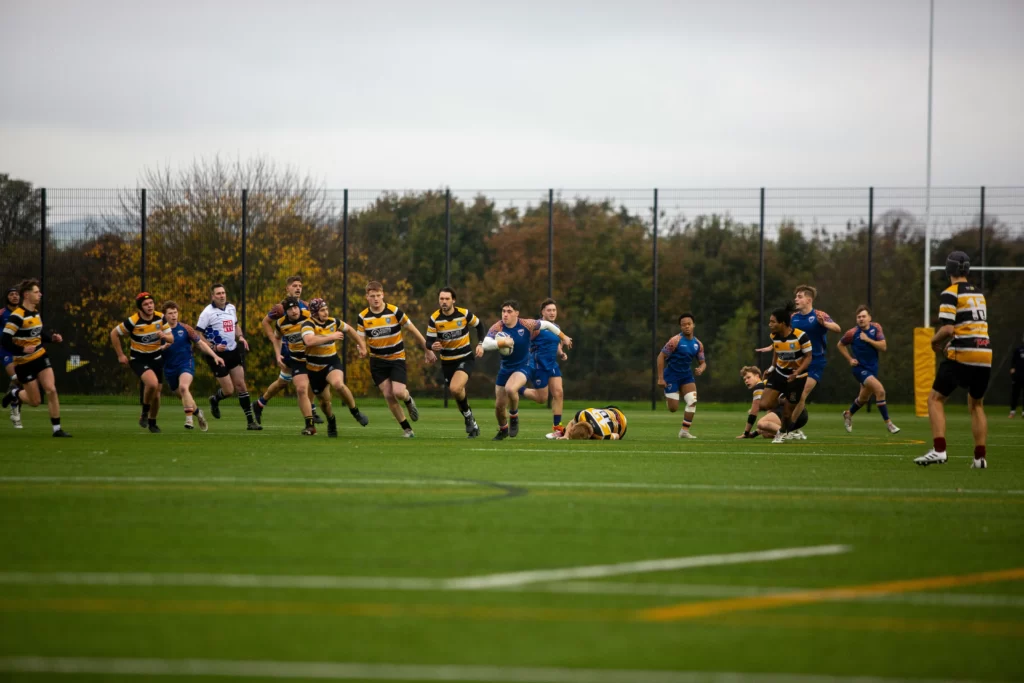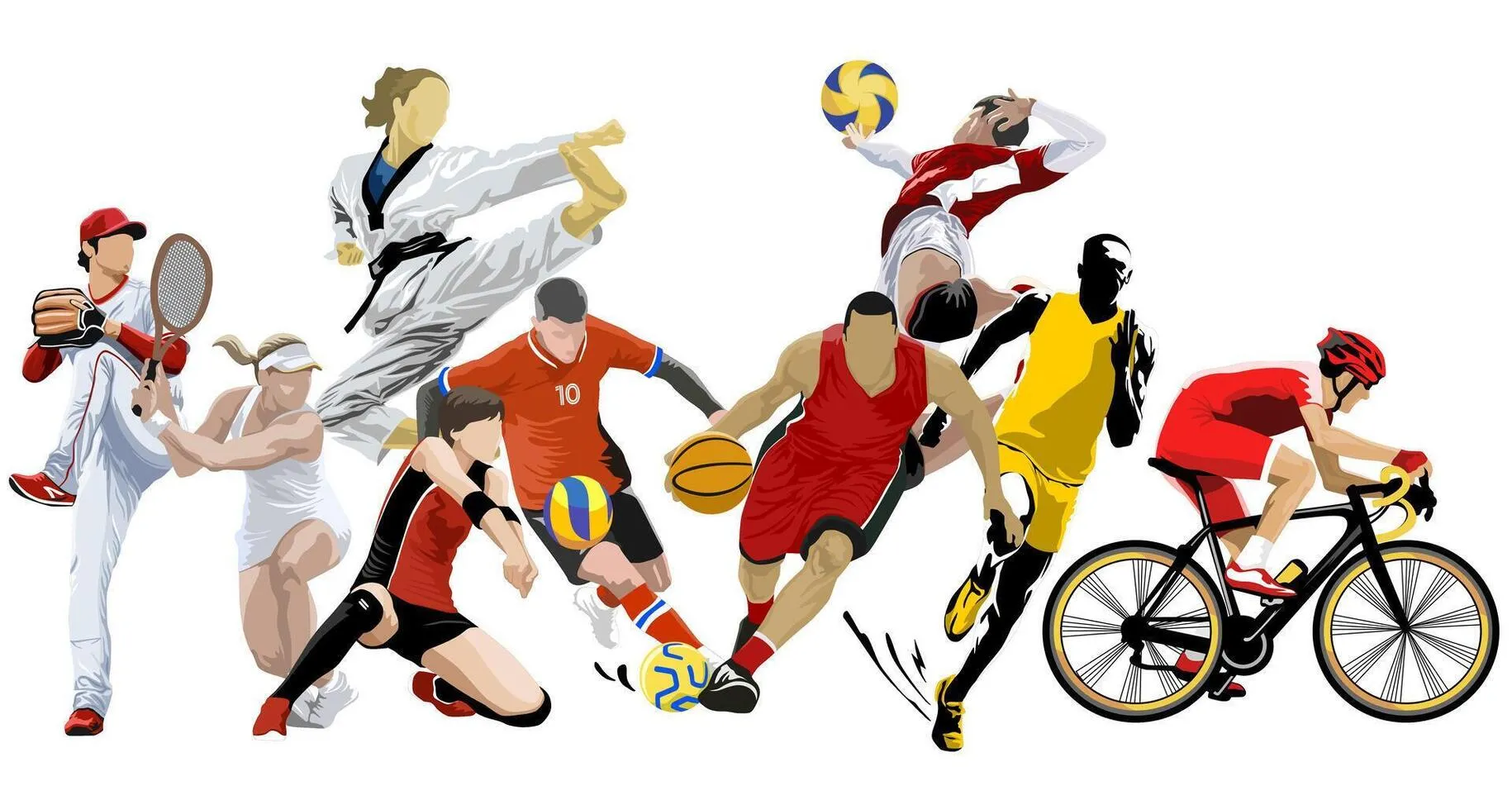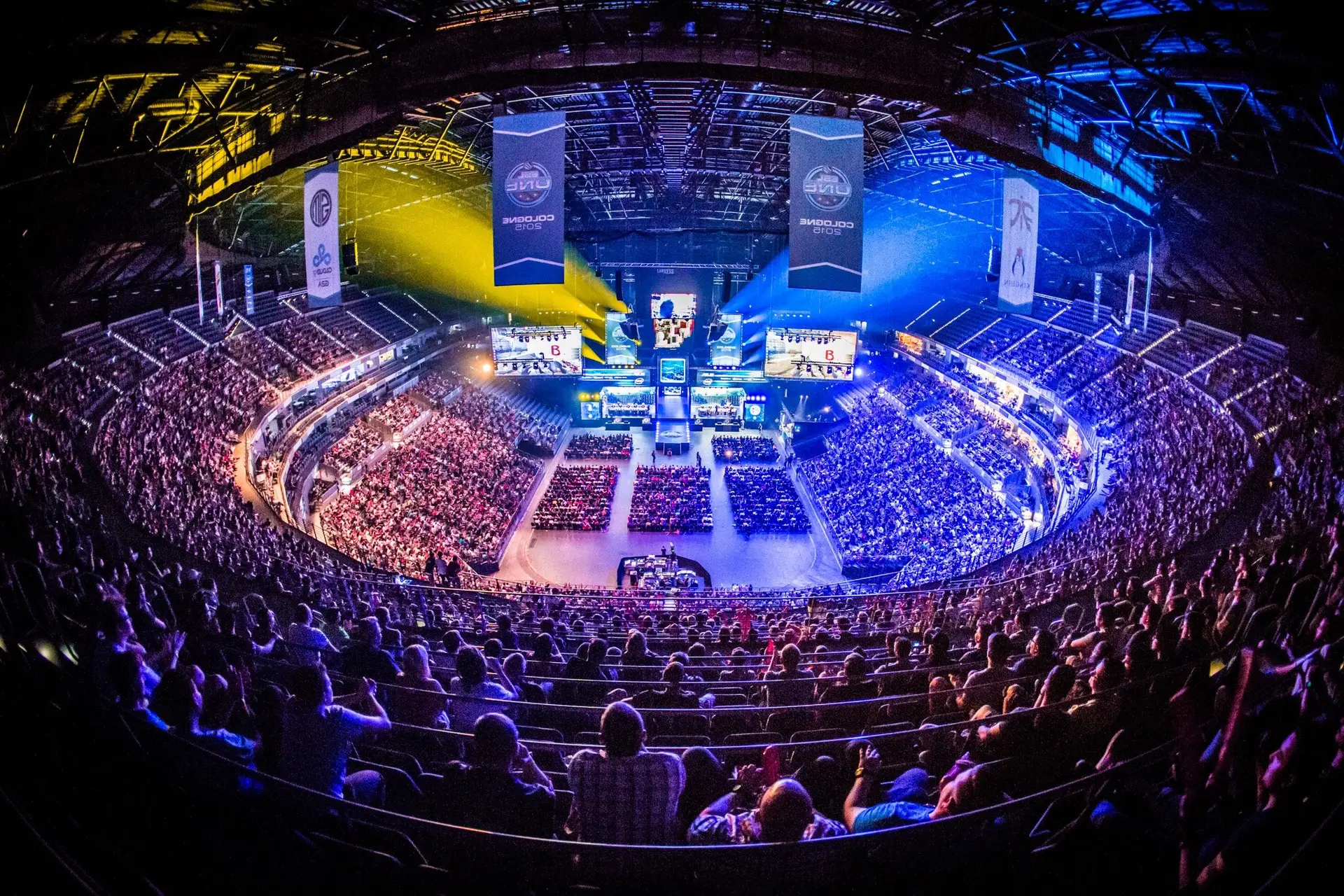Once upon a time, student competitions were simple backyard games organised for fun rather than for any serious result. But today, student sports leagues have become a true embodiment of the spirit of university life, uniting thousands of young people around the world: inspiring them to strive for the best and maintain an active lifestyle. Competitions have become an important milestone in the development of a sporting career, a symbol of energy and perseverance.
Student sports leagues: from tradition to modernity
The history and formation of student sports leagues is the place to start our story. The first competitions started back in the 19th century in the USA, when university students began to organise football and basketball competitions among themselves. The meetings were of great importance – they strengthened team spirit and formed a sense of belonging to the alma mater. In Europe, student sport was no less active: already at the beginning of the 20th century, England and Germany became leaders in terms of the number of sports clubs. Today, the legacy of these traditions can be seen in many countries – from football leagues in the UK to hockey championships in Canada.

Modern forms and development
Today, college sports leagues are complex organised structures with clear regulations and rules. In the USA, the NCAA (National Collegiate Athletic Association) is one of the largest organisers of competitions covering more than 1,000 universities and colleges.
In Russia, competitions are supported by government programmes and sponsorship, which enables the organisation of major events such as annual championships among higher education institutions. Each organisation of student leagues is focused not only on sports achievements, but also on the development of students’ personality, leadership skills and teamwork.
How student sports leagues are organised: an inside look
The process of getting into the squads usually starts with selection. Most institutions have a system of open tryouts, where any student can try to get into the team. For example, in American universities, coaches hold special “tryouts” where they assess the physical preparation and skills of participants.
In Europe and Russia, the format of training and selection may vary depending on the sport and the popularity of the league. Not only physical performance is important, but also personal qualities such as team spirit and discipline. Training takes place several times a week, depending on the level – some teams train daily, combining study and sport.
Organising events and competitions
Organising competitions are large-scale events that involve students, faculty and even fans from the community. In the USA, such events can attract thousands of spectators, especially if they are the finals of the NCAA championships. Russia and Europe also have their own iconic tournaments, such as university hockey and volleyball competitions, which take place in large complexes. Each event requires careful preparation – from renting venues to finding sponsors and organising live broadcasts for spectators.
Which sports are represented in student leagues
 The most popular disciplines are traditional: football, basketball and volleyball. They are common all over the world and are part of the compulsory programme of most university leagues. In the USA, basketball and American football are the most popular among students, while in Europe and Russia the main emphasis is on classical football. In the Asian countries of Japan and South Korea, there is a strong emphasis on baseball, which is also related to the cultural characteristics of the region.
The most popular disciplines are traditional: football, basketball and volleyball. They are common all over the world and are part of the compulsory programme of most university leagues. In the USA, basketball and American football are the most popular among students, while in Europe and Russia the main emphasis is on classical football. In the Asian countries of Japan and South Korea, there is a strong emphasis on baseball, which is also related to the cultural characteristics of the region.
New and unusual sports
Every year new disciplines appear in student sports leagues. For example, cyber sports have been actively developing in recent years, attracting thousands of students. In South Korea and the United States, university-level computer game championships are held, and in Russia and Europe, cybersports are also beginning to take their place in student sports culture. In addition, rugby, ultimate frisbee and even cricket are becoming increasingly popular among young people in different countries.
How student sports leagues differ from professional sports leagues
The main difference lies in the level of competition and the requirements for players. Student sports leagues emphasise skill development, participation and teamwork, whereas professional leagues are all about results and commercial success. In the United States, American football teams can train every day, but the requirements for athletes include their academic performance. In professional teams, on the other hand, the entire focus is on physical and tactical training.
Funding and goals of leagues
Funding for collegiate sports leagues is also very different from professional leagues. In student leagues the main sources of funding are universities, sponsors and government grants. For example, in Russia there is a state support programme that helps universities organise competitions and improve infrastructure. In professional ones, on the other hand, funding comes from private investors and television contracts, which makes them more commercial and profit-oriented.
Sources of funding for collegiate sports leagues
Funding usually comes from several sources. In the USA, this may include sponsorship contracts with large corporations, such as Nike or Coca-Cola, which are interested in supporting youth sport. In Russia, funding most often comes from university budgets, as well as from local authorities. In Europe, a mixed system is practised: universities receive funds from the state, but also actively seek sponsors among local businesses.

How funding affects the development of sport
A properly organised budget makes it possible not only to provide students with everything they need for training, but also to develop the sports infrastructure of universities. For example, in Germany, institutes actively invest in the construction of modern sports grounds, which helps to increase the number of students involved in sports. In Russia, projects to build new complexes at leading institutes have also been implemented, which has helped to increase the level of competition and students’ interest in sports.
Conclusion
 Student sports leagues are an important part of every young person’s life that helps to develop leadership skills, teamwork and maintain a healthy lifestyle. These leagues provide an opportunity not only to prove themselves in sports, but also to become part of a larger community, make new friends and experience unforgettable moments. If you haven’t tried your hand at one of these leagues yet, it’s time to think about it – maybe that’s where you’ll find your calling.
Student sports leagues are an important part of every young person’s life that helps to develop leadership skills, teamwork and maintain a healthy lifestyle. These leagues provide an opportunity not only to prove themselves in sports, but also to become part of a larger community, make new friends and experience unforgettable moments. If you haven’t tried your hand at one of these leagues yet, it’s time to think about it – maybe that’s where you’ll find your calling.
 en
en  ru
ru  de
de  ar
ar  es
es  nl
nl  hi
hi  fr
fr  it
it  pt
pt  el
el 











